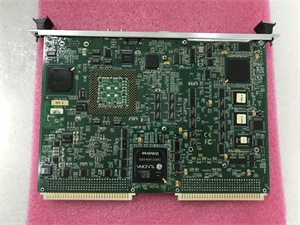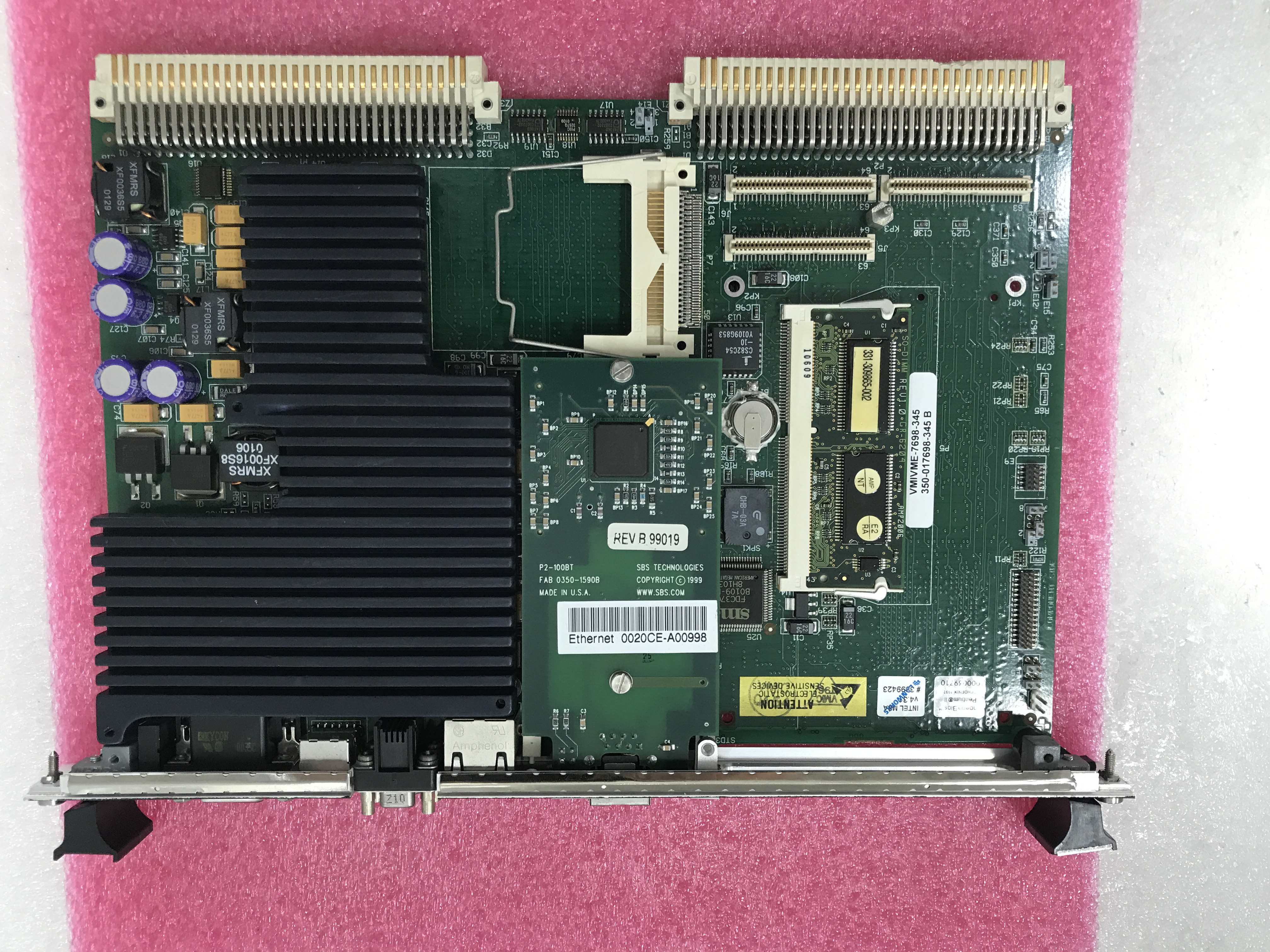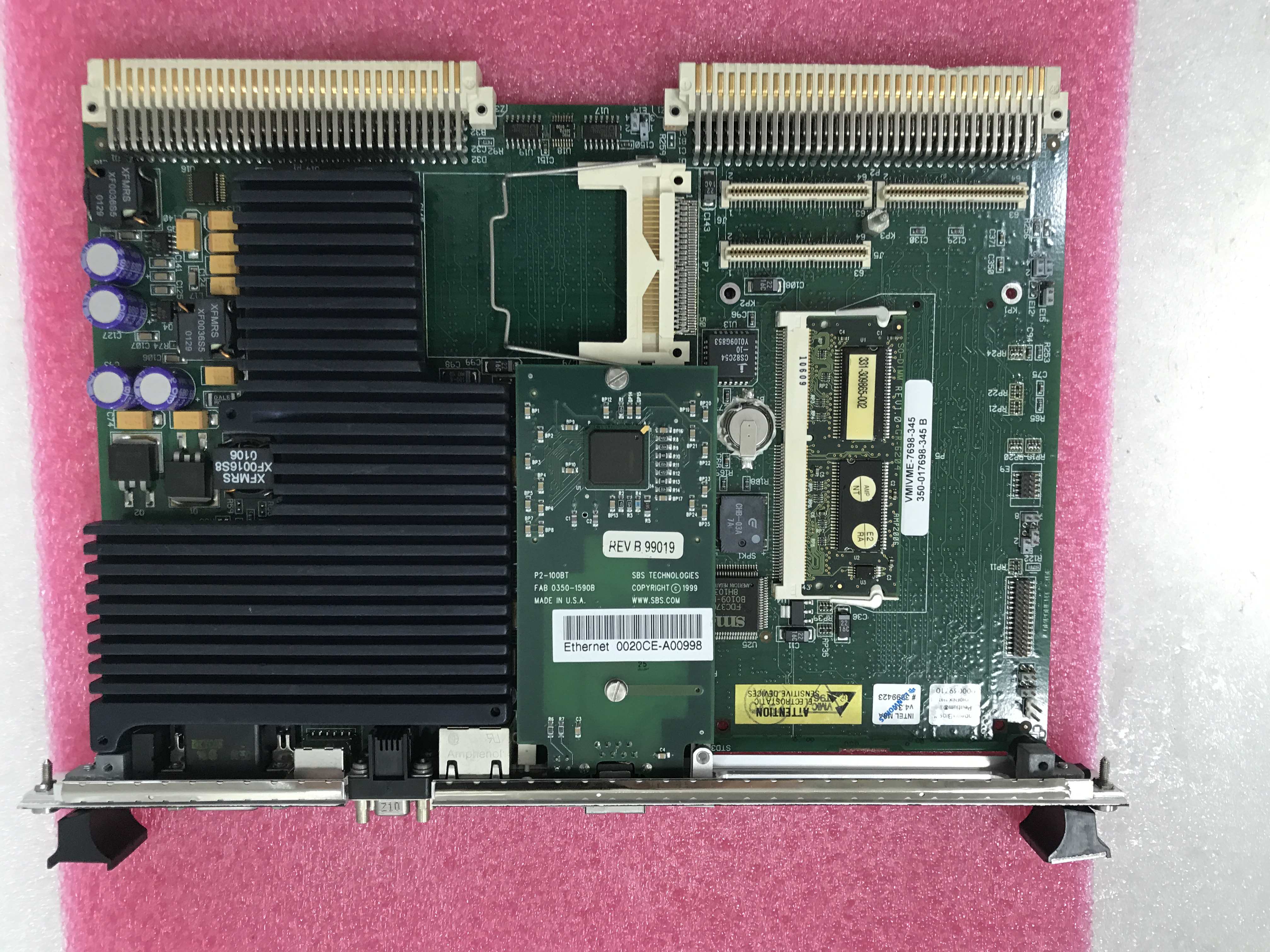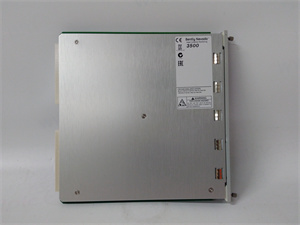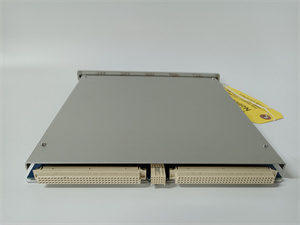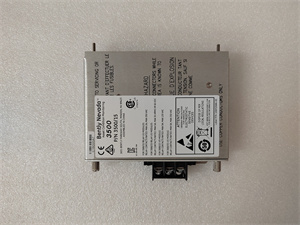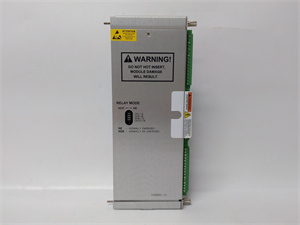Description
VMIVME – 7698 – 345 / 350 – 017698 – 345 B: In – Depth Product Guide
1. Product Overview: Brand and Model Identification
The VMIVME – 7698 – 345 (also referred to as 350 – 017698 – 345 B) is a VMEbus digital input/output (I/O) module crafted by VMIC (now a part of Curtiss – Wright), a well – known brand in the domain of rugged embedded computing and industrial automation. This module is designed for high – reliability applications within harsh environments, such as aerospace, defense, and industrial control systems.
2. Core Functions and Applications
The VMIVME – 7698 – 345 serves as a 32 – channel digital I/O module that operates on the VMEbus interface. Its main functions are as follows:
- Input/Output Operations: It can handle 32 TTL/CMOS – compatible digital input channels and 32 open – collector output channels.
- High – Speed Performance: With a data transfer rate of up to 40 MB/s, it is suitable for real – time control systems.
- Isolation Feature: The module offers 2,500 VDC galvanic isolation for both input and output channels, protecting against voltage spikes and ground loops.
- Applications: It finds use in robotics, test and measurement setups, motor control systems, and aerospace avionics.
3. Technical Specifications
| Parameter | Specification |
|---|---|
| Brand | VMIC (Curtiss – Wright) |
| Model | VMIVME – 7698 – 345 / 350 – 017698 – 345 B |
| Bus Interface | VMEbus (J1/J2 connectors) |
| I/O Channels | 32 inputs and 32 outputs |
| Input Voltage | 5 VDC (TTL/CMOS – compatible) |
| Output Current | 500 mA per channel (sink) |
| Isolation | 2,500 VDC (input/output to VMEbus) |
| Power Supply | +5 VDC (from VMEbus) and +24 VDC (external) |
| Operating Temperature | -40°C to +85°C (wide – temperature variant) |
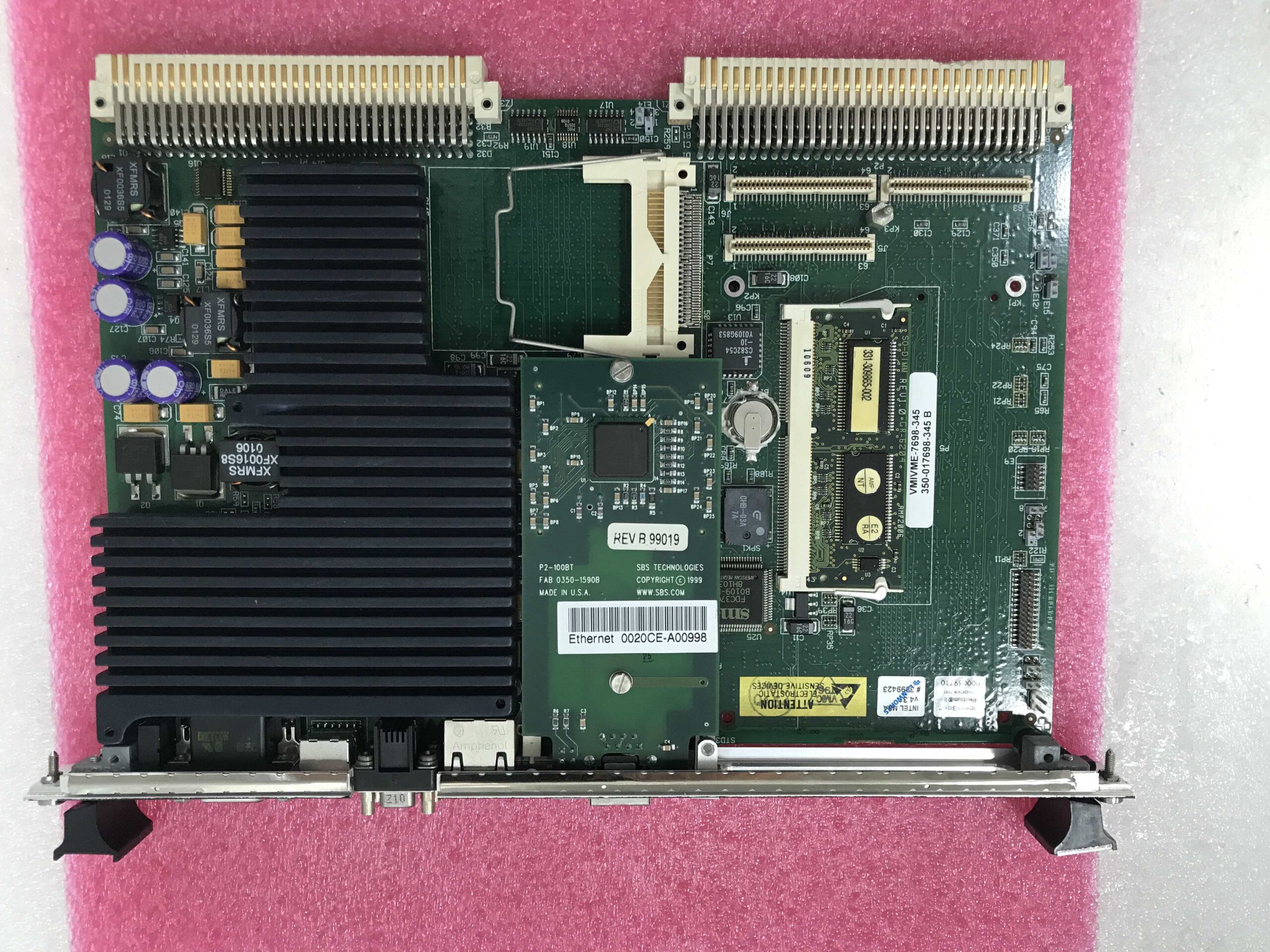
VMIVME-7698-345 350-017698-345 B
4. Advantages and Distinctive Features
- Rugged Construction:
- It can endure extreme temperatures, vibrations, and shocks, meeting MIL – STD – 810G standards.
- Example: It is used in military ground vehicles for controlling hydraulic systems.
- Flexible Configuration:
- Users can choose between sinking or sourcing outputs through software.
- There are optional LED indicators for monitoring channel status.
- Space – Saving Design:
- It is a single – slot VME module (3U form factor), which helps in reducing the overall system footprint.
5. Application Scenarios and Case Studies
Industry: Aerospace
Application: Aircraft engine test stands need to control valves and monitor sensor signals in high – vibration environments.
Solution: The VMIVME – 7698 – 345 is used to interface with piezoelectric sensors and solenoid valves, providing isolated I/O and high – speed data transfer.
Outcome: It ensures 99.9% uptime during 2,000+ hours of continuous testing.
Solution: The VMIVME – 7698 – 345 is used to interface with piezoelectric sensors and solenoid valves, providing isolated I/O and high – speed data transfer.
Outcome: It ensures 99.9% uptime during 2,000+ hours of continuous testing.
6. Comparison with Similar Products
| Feature | VMIVME – 7698 – 345 | Competitor A | Competitor B |
|---|---|---|---|
| Isolation Rating | 2,500 VDC | 1,500 VDC | None |
| Channels per Slot | 32 I/O | 16 I/O | 24 I/O |
| Temperature Range | -40°C to +85°C | 0°C to +70°C | -20°C to +60°C |
| VMEbus Compliance | Full VME 64 – bit | VME 32 – bit | Proprietary |
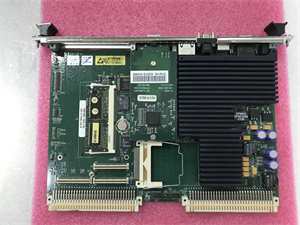
VMIVME-7698-345 350-017698-345 B
7. Selection Recommendations
- Compatibility: Make sure your system has a VMEbus backplane (for example, VMIC VME – 162 or Curtiss – Wright VPX3 – 101).
- Environment: If your application involves extreme temperatures, opt for the -345 variant (wide – temperature).
- Budget: For cost – sensitive projects, consider the VMIVME – 7698 – 000 (non – isolated version).
8. Installation and Usage Precautions
- Electrostatic Discharge (ESD) Protection: Always use antistatic wrist straps when handling the module.
- Power Wiring: Separate the +24 VDC external power from low – voltage signals to prevent noise.
- Software Setup: Use VMIC VxWorks Drivers or LabVIEW Plug – ins for configuration.

